Importance of Effluent Treatment Plants (ETP) in Hospitals
Hospitals play a crucial role in providing healthcare services, but they also generate significant amounts of wastewater that contain hazardous contaminants, including chemicals, pharmaceuticals, and pathogens. If not managed properly, this wastewater can pose serious risks to public health and the environment. This is where Effluent Treatment Plants (ETP) become essential. An ETP ensures that hospital wastewater is treated before being discharged, preventing pollution and protecting ecosystems. In this blog, we will explore the importance of ETPs in hospitals, their benefits, and best practices for effective implementation.
What is an Effluent Treatment Plant (ETP)?
An Effluent Treatment Plant (ETP) is a specialized wastewater treatment facility designed to treat industrial and hospital effluents. It removes harmful contaminants from wastewater before it is released into the environment or reused for non-potable purposes. ETPs utilize various physical, chemical, and biological processes to neutralize and remove pollutants, ensuring compliance with environmental standards and regulations.
Why is an ETP Important in Hospitals?
Hospitals produce a unique type of wastewater that includes a mix of biological, chemical, and pharmaceutical contaminants. Without proper treatment, this effluent can lead to severe environmental and health issues. The key reasons why an ETP is crucial for hospitals include:
1. Preventing Environmental Pollution
Hospital wastewater contains toxic chemicals, heavy metals, and infectious agents. Discharging untreated effluents into water bodies can cause contamination, harming aquatic life and the ecosystem. An ETP ensures that hazardous substances are effectively removed before wastewater is released.
2. Protecting Public Health
Untreated hospital effluents can spread waterborne diseases, antibiotic-resistant bacteria, and harmful pathogens. Proper wastewater treatment through an ETP reduces the risk of infections and safeguards public health.
3. Compliance with Regulatory Standards
Governments and environmental agencies have strict regulations regarding wastewater disposal from healthcare facilities. An ETP helps hospitals comply with local, national, and international wastewater discharge standards, avoiding legal penalties and reputational damage.
4. Reduction of Waterborne Diseases
Contaminated hospital wastewater can contribute to outbreaks of diseases such as cholera, typhoid, and hepatitis. By treating wastewater before discharge, an ETP minimizes the spread of these infections and contributes to a healthier environment.
5. Promoting Sustainability and Water Reuse
Water conservation is essential in today’s world. Treated wastewater from an ETP can be safely reused for purposes such as irrigation, cooling systems, and sanitation, reducing water consumption and promoting sustainability in hospital operations.
Components of an Effluent Treatment Plant
An ETP consists of multiple stages to ensure the effective treatment of hospital wastewater. These include:
1. Preliminary Treatment
- Removal of large solids, debris, and sediments using screens and grit chambers.
- Equalization tanks to balance wastewater flow and concentration variations.
2. Primary Treatment
- Sedimentation and coagulation processes help remove suspended solids and organic matter.
- Chemical treatment to neutralize toxic substances.
3. Secondary Treatment
- Biological treatment using activated sludge processes or bio-filters to break down organic pollutants.
- Aeration to enhance microbial activity for decomposing waste materials.
4. Tertiary Treatment
- Advanced filtration systems to remove fine particles and pathogens.
- Disinfection using chlorine, UV light, or ozone to eliminate harmful microorganisms.
5. Sludge Management
- The sludge generated from treatment processes is further processed through drying beds or incineration to ensure safe disposal.
Benefits of Installing an ETP in Hospitals
Hospitals that invest in ETPs experience numerous benefits, including:
1. Improved Water Quality
An ETP ensures that wastewater meets regulatory standards, leading to cleaner water sources and healthier ecosystems.
2. Enhanced Hospital Reputation
Compliance with environmental laws and sustainable practices enhances the reputation of the hospital, building trust with patients and stakeholders.
3. Cost Savings in Water Management
Treated water can be reused for various hospital operations, reducing dependence on fresh water sources and lowering water bills.
4. Legal Compliance and Avoidance of Fines
ETPs help hospitals adhere to environmental laws, avoiding heavy fines and legal complications.
5. Employee and Community Safety
Proper wastewater treatment ensures a safer work environment for hospital staff and minimizes health risks for the surrounding community.
Best Practices for Implementing an ETP in Hospitals
To maximize the efficiency of an Effluent Treatment Plant, hospitals should follow best practices such as:
- Conducting a Wastewater Analysis
- Regular testing of hospital wastewater helps identify the type and concentration of contaminants, allowing for optimized treatment processes.
- Selecting the Right ETP Design
- The size and treatment capacity of an ETP should match the hospital’s wastewater generation volume.
- Modular and scalable designs can accommodate future expansion needs.
- Regular Maintenance and Monitoring
- Periodic inspections and maintenance ensure that the ETP operates efficiently.
- Automated monitoring systems can track treatment efficiency and detect malfunctions in real time.
- Training Hospital Staff
- Employees should be trained on proper waste disposal practices to reduce contamination.
- ETP operators must be well-equipped with knowledge of plant operation and troubleshooting.
- Compliance with Regulatory Bodies
- Hospitals must adhere to guidelines set by environmental authorities and undergo regular audits to ensure compliance.
Conclusion
Effluent Treatment Plants (ETPs) are indispensable for hospitals as they play a critical role in managing wastewater, protecting public health, and ensuring environmental sustainability. By implementing an efficient ETP, hospitals can comply with regulations, reduce their ecological footprint, and contribute to a healthier society.
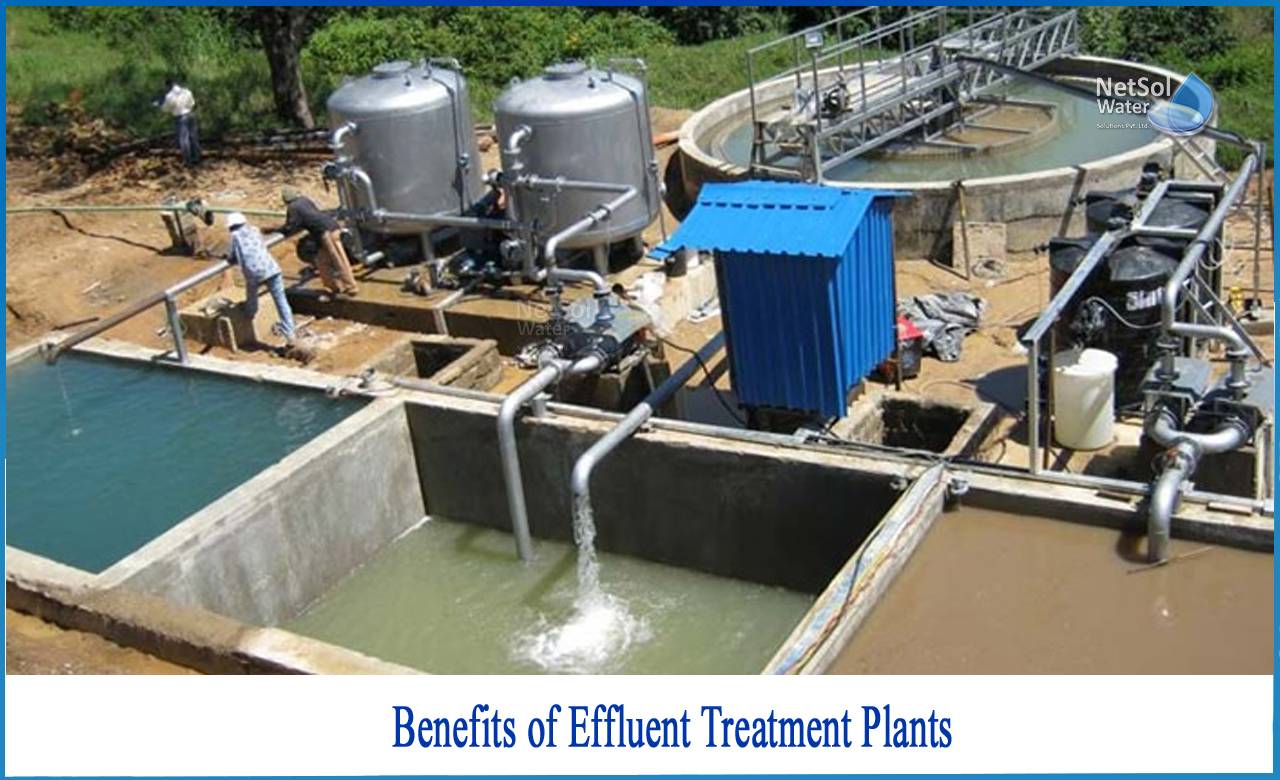
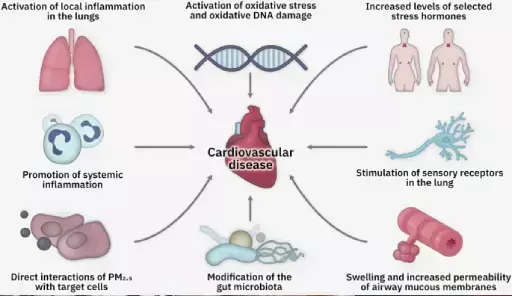
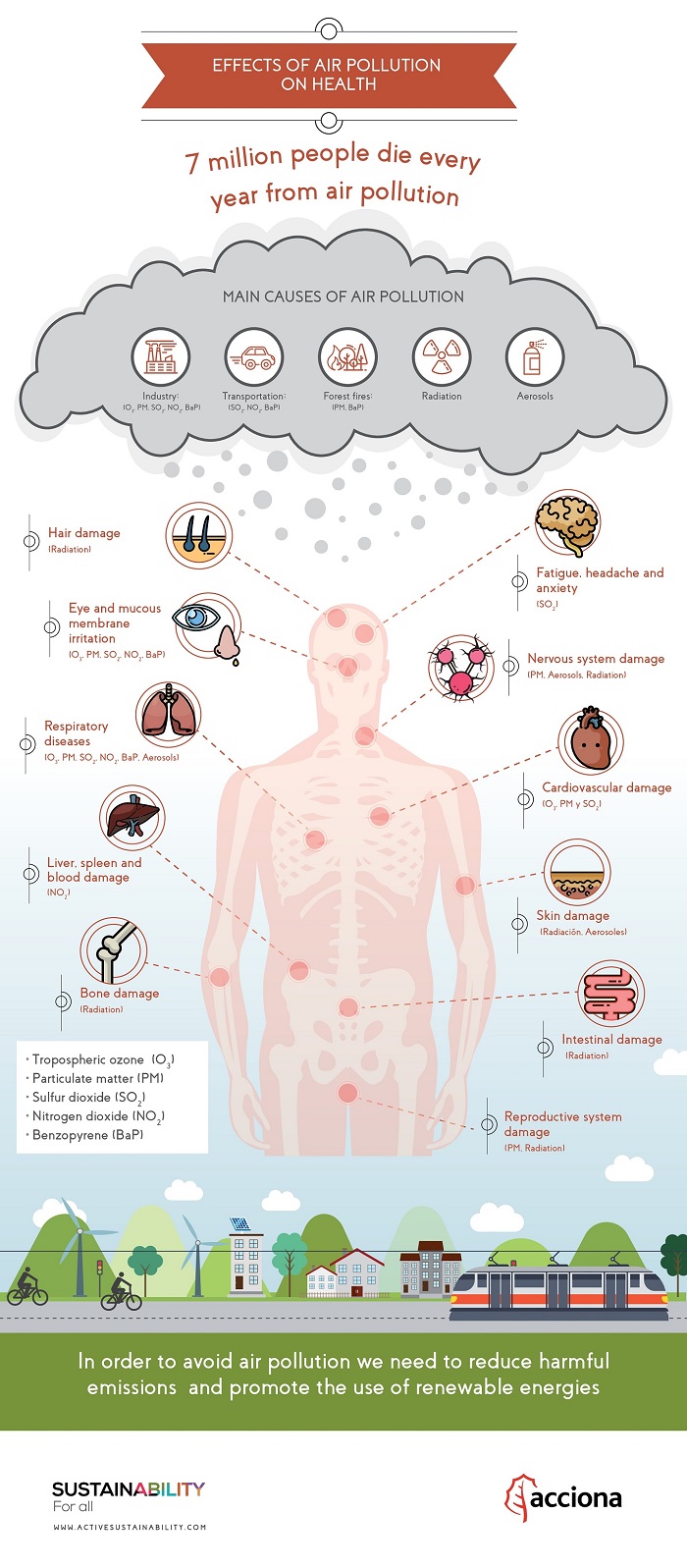

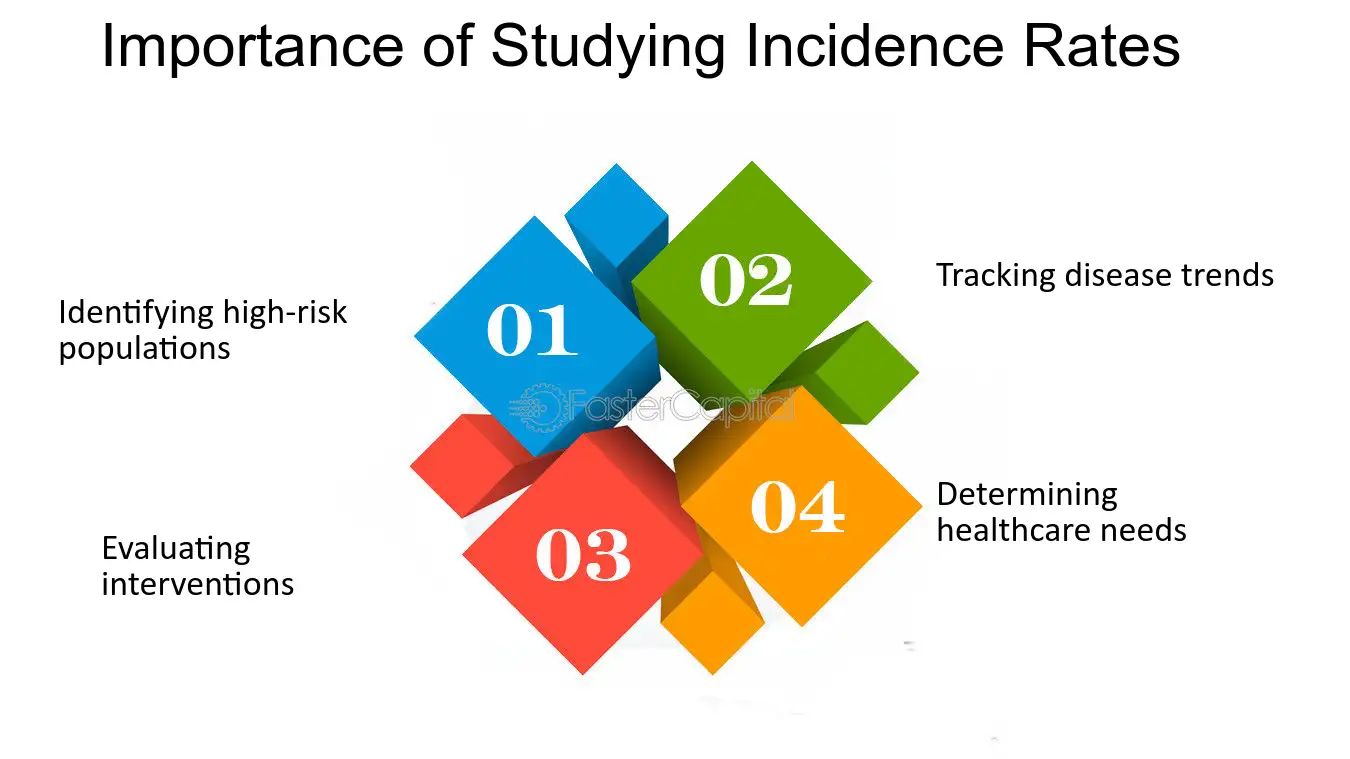
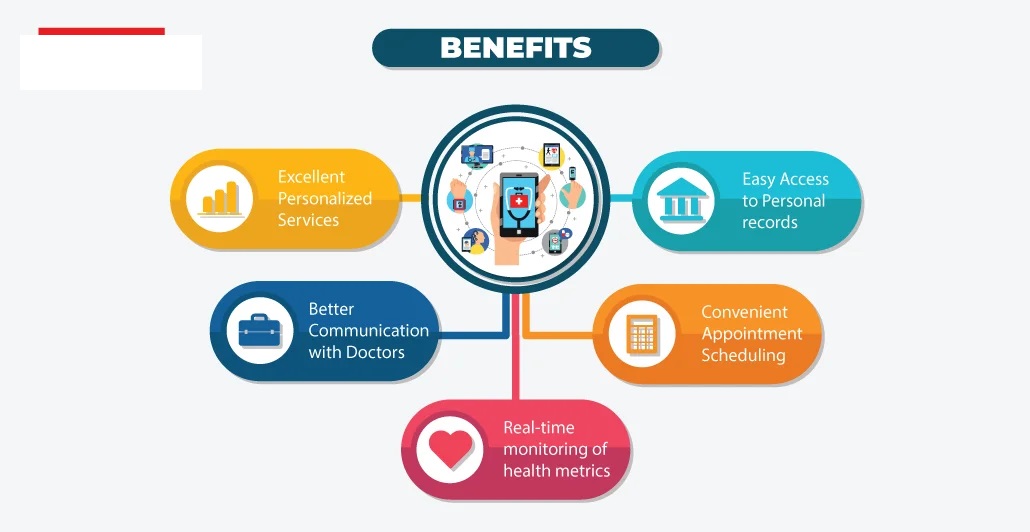
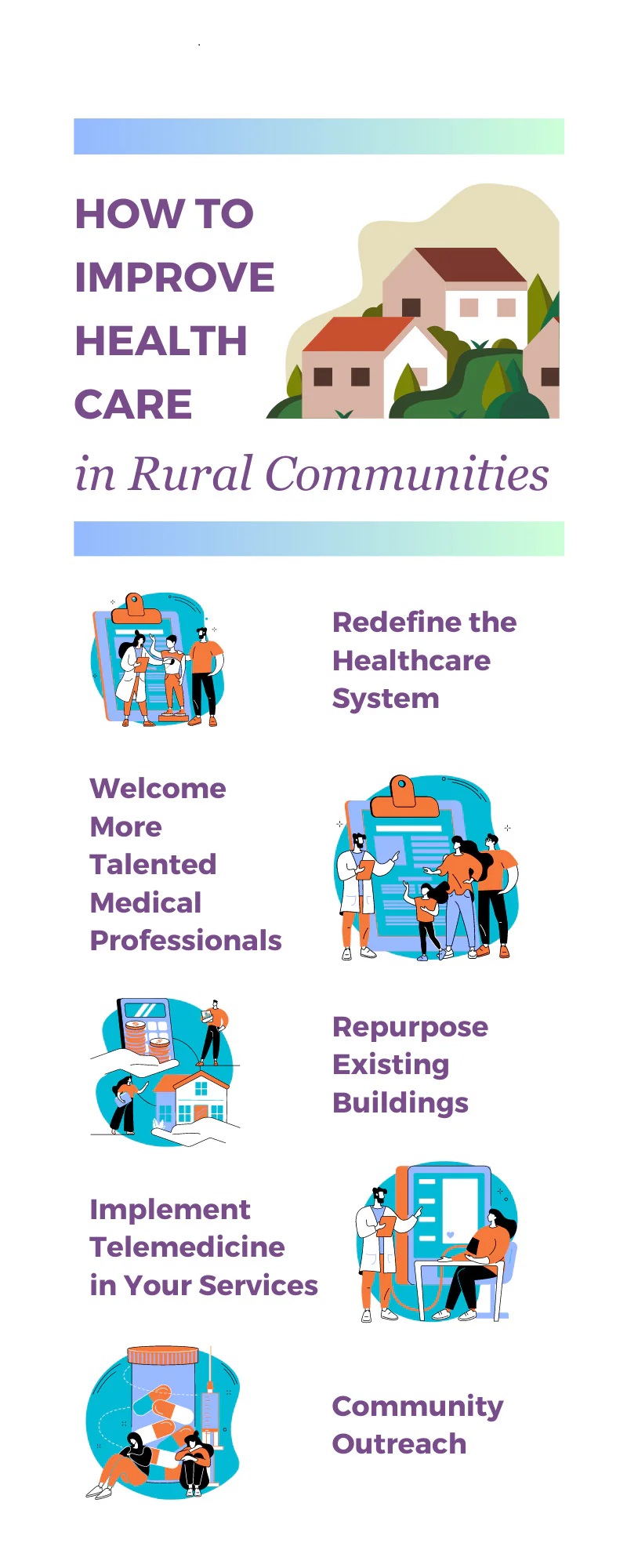







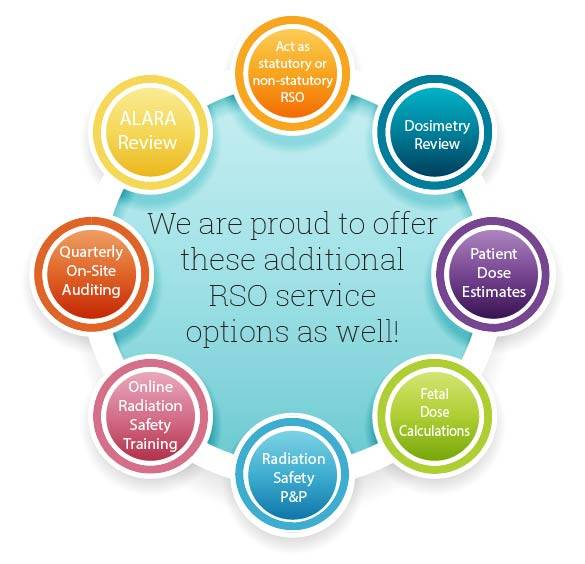
Leave a Reply